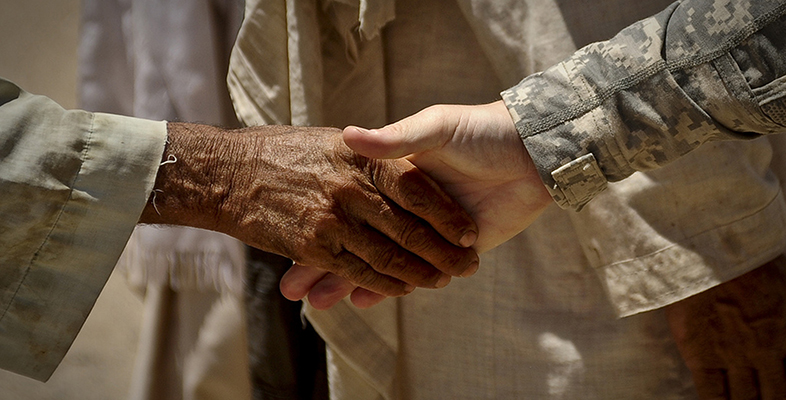1.2 What is information?
Information comprises the meanings and interpretations that people – and increasingly algorithms – place upon facts or data. The value of information springs from the ways it is interpreted and applied to make products – like Coca-Cola – and to provide services – like Facebook does for its advertisers.
As we have seen, and supported by academic writers such as Itami and Roehl (1987), the true value of an organisation is in the information it uses and creates.
Activity 3: You and your organisation’s need for information
- a.Write down the main objective – sometimes called the mission – of your organisation.
- b.List the main kinds of information your organisation requires to meet its mission. Note down any areas in which the mission makes preserving the value of information difficult.
- c.List the main kinds of information you have at home.
Guidance
- Your answer to (b) will depend on the nature of your organisation. If your organisation produces a product, you may be able to identify information that is used in the creation of the product, including intellectual property such as designs and patents. If your organisation is a retailer, appropriate information might include customer information and price lists. A not-for-profit organisation will perhaps have employee lists, client lists, stock lists, a charter, etc. All for-profit organisations are required to keep financial information.
- In your answer to (c), don’t restrict yourself to paper documents.
Discussion
- a.The mission of The Open University is to be:
- open to people – making university study available to an increasingly large and diverse student body and providing learning opportunities that meet individuals’ lifelong needs
- open to places – providing learning opportunities in the home, workplace and community throughout the UK and selectively elsewhere, and serving an increasingly mobile population
- open to methods – using and developing the most effective media and technologies for learning, teaching and assessment while attaching central importance to the personal academic support given to students; and working collaboratively with others to extend and enrich lifelong learning
- open to ideas – developing a vibrant academic community that reflects and supports the diversity of intellectual interests of all our students and staff, and that is dedicated to the advancement and sharing of knowledge through research and scholarship.
- b.Within The Open University there are very many types of information that are required to meet this mission. Examples include the following:
- Teaching information – this information is provided in the huge range of courses that the OU produces, thus supporting the first, third and fourth of the mission statements. By providing teaching information in a variety of formats, including printed text and electronic text, the second mission statement is supported too.
- Research information – this information is embodied in the research documents written by OU researchers, and supports the third and fourth mission statements.
- Administrative information – an example is provided by the student records kept on courses studied and results, one use is to allow the OU to suggest appropriate choices of future study, thus supporting the first mission statement.
- Strategic information – such information includes documents that explore the possible future of the OU, including proposed buildings, academic programmes and catering plans, thus providing support for all the mission statements.
- In fact the teaching and research information also provide the basis for much of the OU’s funding, thus indirectly supporting all four mission statements.
- The openness expressed in the mission makes the value of information difficult to preserve, and so this openness needs to be tempered by some measure of ‘closedness’, to protect the OU’s competitive advantage in teaching, for instance.
- c.Looking around my home office, there is a great deal of paper on the shelves. Much of this is academic work and books, but there is also a great number of documents relating to insurance policies, credit and debit cards and bank accounts. On my pinboard are all my receipts for the financial year. Somewhere there are the deeds to my family’s home.
Additionally, my computer is full of information. For example, there are all the latest drafts of this course, all my email, applications, licences, bibliographic databases, my CV, the latest drafts of my PhD students’ reports etc.
